Royal Cypher
A Royal Cypher is a monogram, or monogram-like representation, of a nation's reigning sovereign. It usually consists of stylized initials of the monarch's name and title, often interlaced or mirrored, and surmounted by a crown. In the case of the reigning monarchs of the Great Houses, the crown also features a symbol representing their Houses. It is used like a signature or seal, to represent that monarch on a personal level, as distinct from their House or Protectorate.
History
Royal Cyphers likely began with the use of the Signum Manus in the Merovingian period. They were used infrequently by monarchs from the Middle Ages, such as by Stephen I of Hungary, also known as King Saint Stephen. It was an especially common custom for Christian monarchs.
The Ottoman Sultans also made use of a personal symbol, their tughra, which was affixed to all official correspondence during their reigns. This also served as a personal seal, and was stamped on all currency minted during their reigns' durations.
In the Commonwealth realms, the use of a Royal Cypher originated in at least the early Tudor period. The earliest Royal Cyphers were the initial of the sovereign, with the addition of the letter "R" for "Rex" or "Regina" after Henry VIII's reign. The letter "I" for "Imperatrix" was added to Queen Victoria's monogram after she became Empress of India in 1877. They were used by the six surviving monarchies of Europe and the Commonwealth realms, as well as in a handful of other monarchial countries, such as Thailand, right up until the collapse of nations during The First Word War.
The design of Royal Cyphers began with no set pattern of form or lettering. The initials were usually shown with the royal arms or crown, such as on the king's manors and palaces. The purpose seems to have been simply to identify an individual sovereign, particularly on certain landmarks that they commissioned. The initials were also used on government papers, duty stamps and similar objects, and were surmounted in England by a stylized version of the Tudor Crown or St. Edward's Crown. In Scotland, the Crown of Scotland was used instead. Later Royal Cyphers began to develop certain conventions, as did the related custom of Royal Monograms, used by other titled royals in similar ways to the cyphers of monarchs.
In the modern era, Sable Aradia was the first monarch of a Protectorate to reinstitute the use of a Royal Cypher. Its initial use was as a personal stamp upon Lapin honour medals, such as the Bleeding Heart Medal and the Lapin Star of Valour. She expanded its use to the more common uses of Commonwealth monarchies, such as in the case of official documents from the Mother of Bunnies, and embroidered on the uniforms of the Royal Household.
Other House Monarchs have also begun to incorporate Royal Cyphers in similar capacities. Those who rule Protectorates that were once, at least in part, Commonwealth nations, have maintained the use of the "R" for "Regina"; while there are several male House Leaders, none of them currently rule a former Commonwealth nation.
Execution
A Royal Cypher features the initials, or other representational sign of an individual monarch, usually depicted beneath a crown that represents their sovereign realm or realms. Whether or not a monarch rules more than one realm, their Cypher is standardized in all of them, because it is their personal seal in their monarchial capacity, not the seal of any given Crown.
Royal Cyphers and Monograms are heraldically protected, just like a coat of arms. Unlike with the Royal Cyphers of the Commonwealth prior to the zombie apocalypse, in this case, Sable Aradia designed her Royal Cypher herself, and confirmed it with the College of Arms and the remnants of the Canadian Heraldic Authority, rather than the other way around. She may have designed Queen TaraFaeBelle's and Archon Mykola Void's Royal Cyphers as well.
Some scholars have posited in peer-reviewed papers that the original purpose of Royal Cyphers may have been to create a focus to enhance personal literomantic power. They cite the use of similar cyphers or monograms as protection symbols, such as in Christograms, or as craft symbols like for the Freemasons, or the use of personal glyphs in magical orders such as the Golden Dawn, as the basis of this theory. It is rumoured that the Bunny Queen puts her Royal Cypher to use in her Literomancy in this manner, but this claim remains unsubstantiated.
Other titled royalty may also use a Royal Monogram; the difference being that it will not incorporate the royal "R" or imperial "I," and the crown depicted will represent the appropriate crown associated with their title. They also tend to be less colourful, although this is not a hard and fast rule.
Royal Monograms may also be used to represent a royal couple acting in tandem. If one of the couple is the reigning sovereign, it is customary to make use of the monarchial crown, but not the "R" that represents "Rex" or "Regina."
Components and tools
Royal Cyphers may be cast, carved, inked, embroidered, or otherwise incorporated directly into the design of whatever item the monarch wishes to personally acknowledge or commission.
This article is a work in progress, and may be subject to changes.
This article is part of a series related to streaming the Game of Tomes. For more information, see Streaming Game of Tomes.
Important Locations
Related Organizations

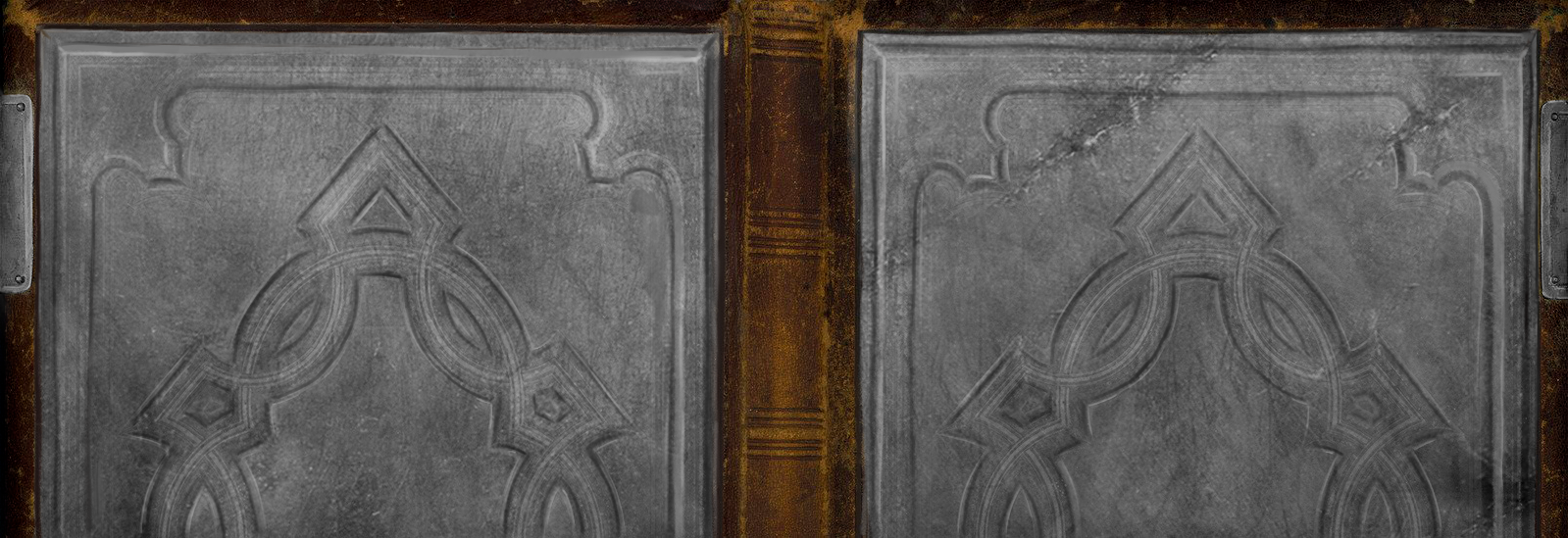
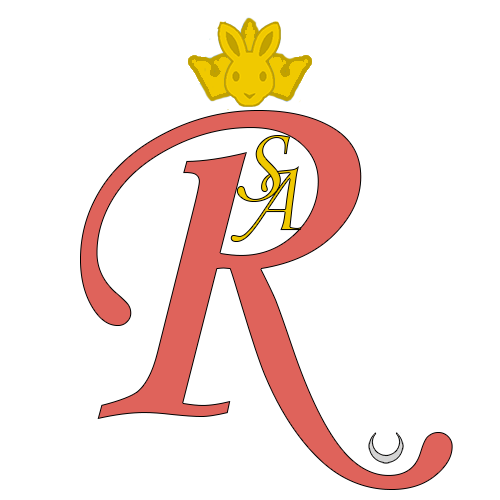
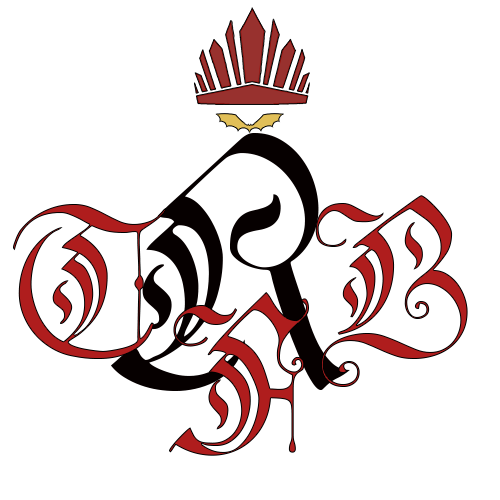

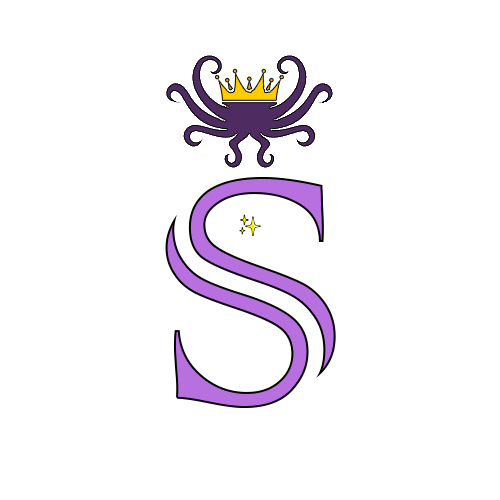

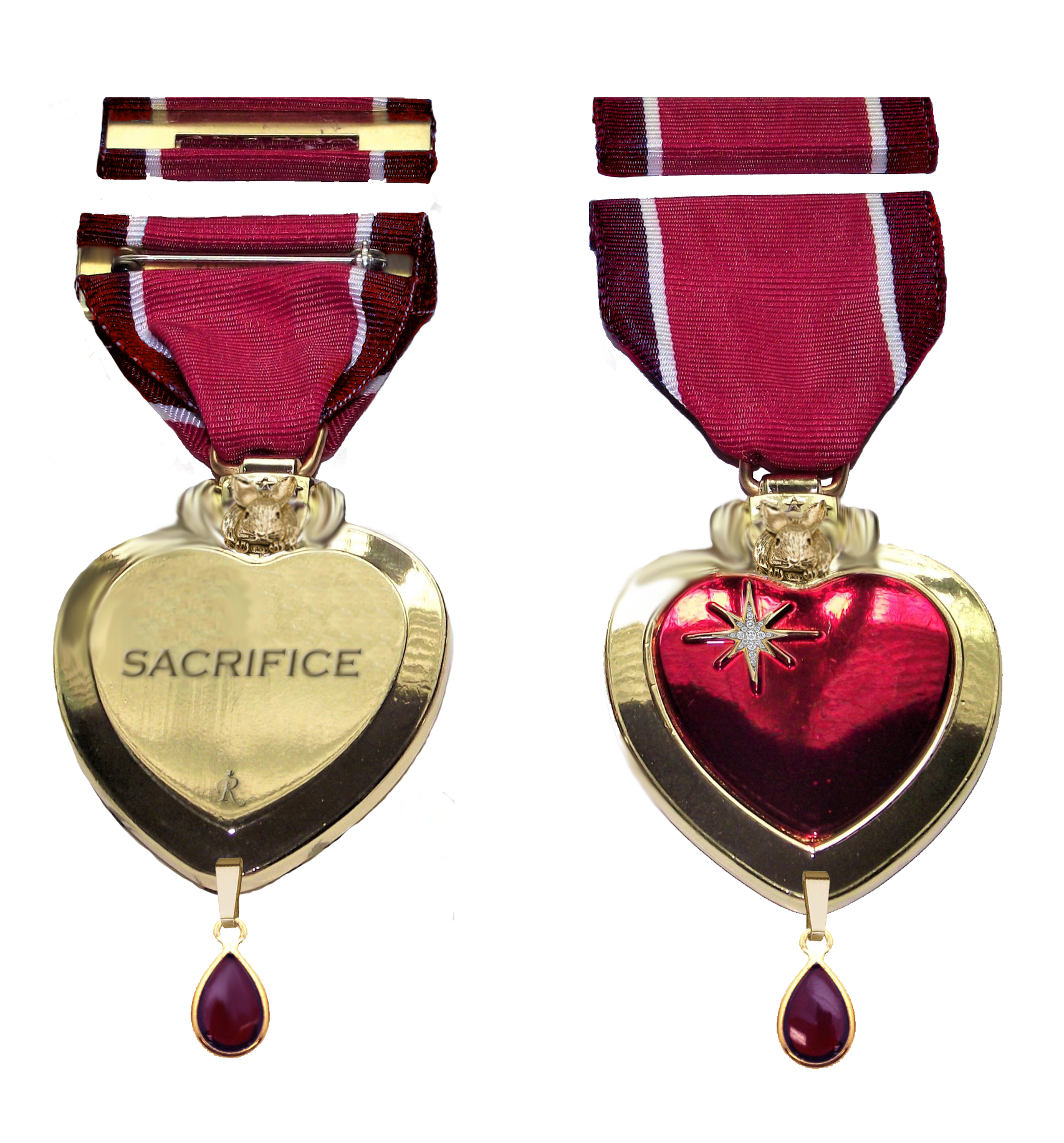

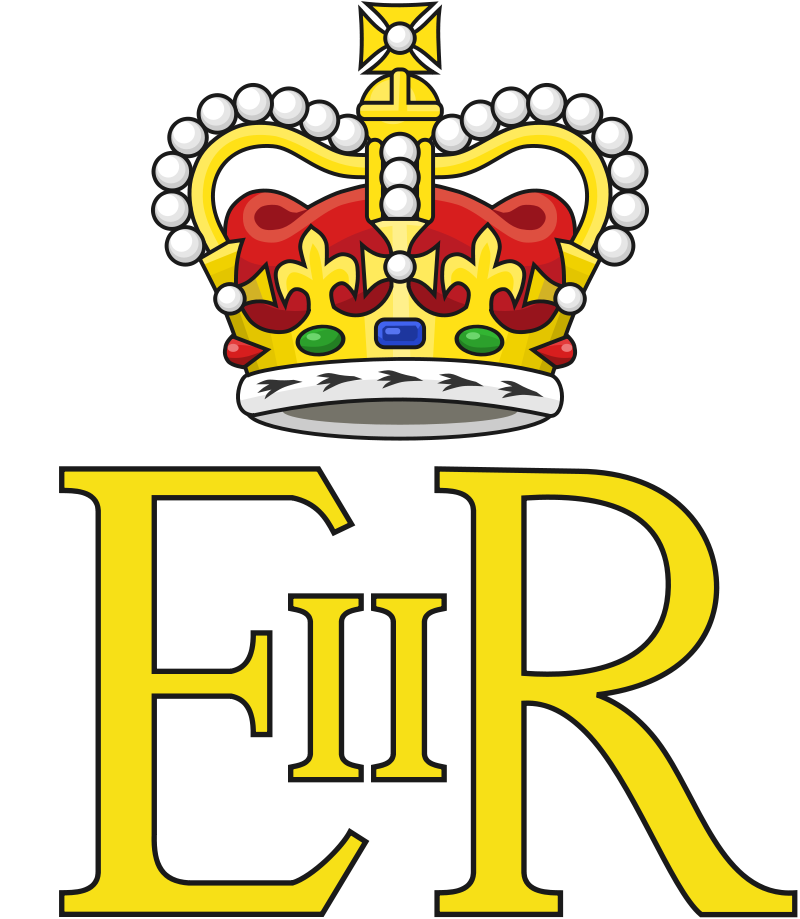
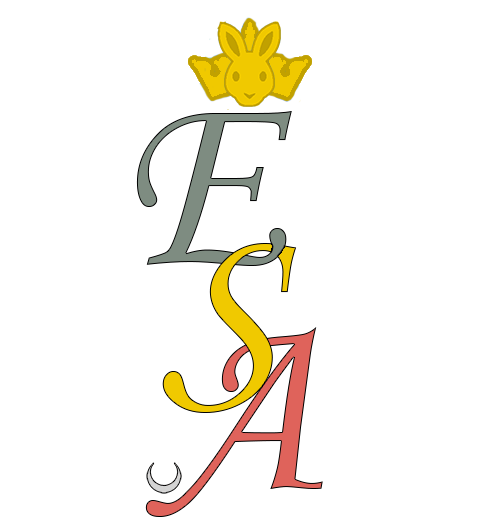

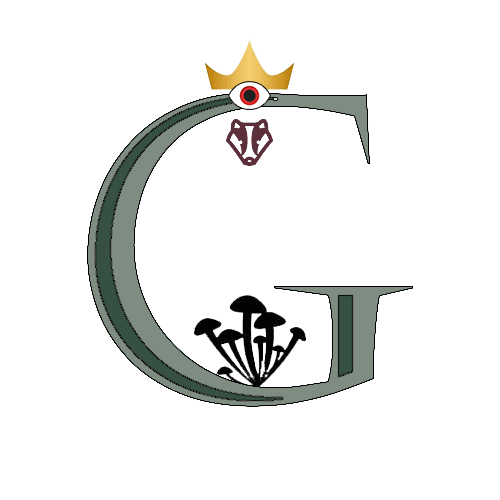

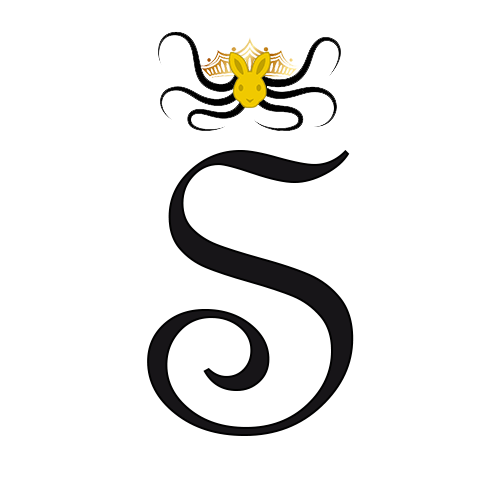
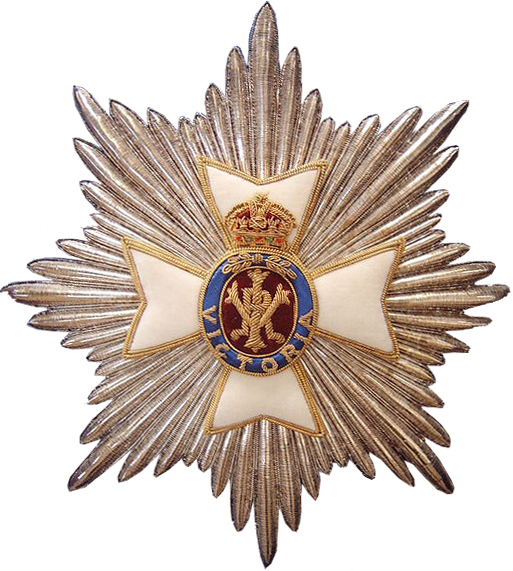


Comments